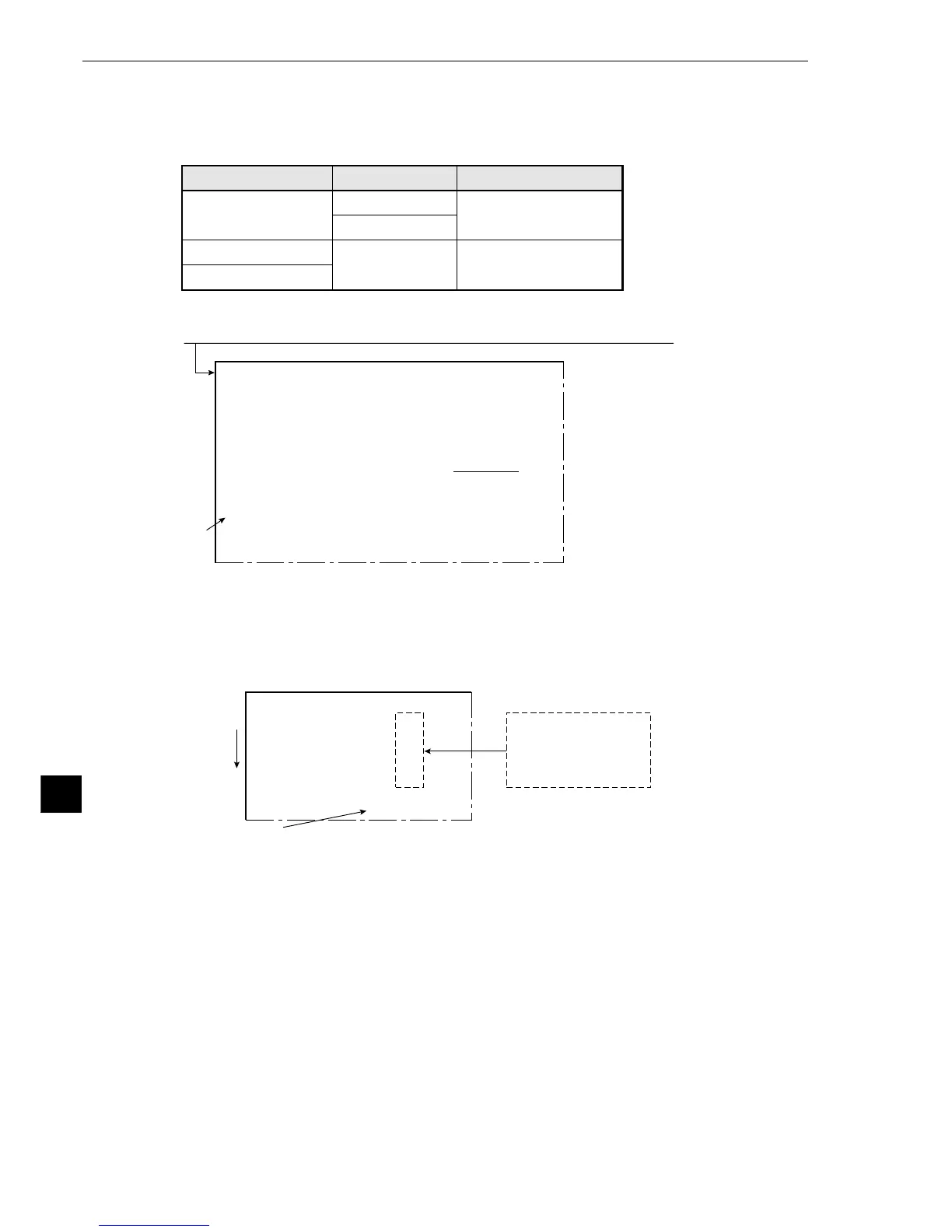12-8
12
Other Settings and Operations
[2] Self-diagnosis
The IV-S20 can check all of its own hardware, to ensure that it is operating normally.
(1) Diagnostic items and methods
(2) Operating procedure
1. Move the cursor to item 8 SELF DIAGNOSTICS with the up and down keys, and press the SET
key.
- The [SELF DIAGNOSITICS] menu will be displayed, and each item will be checked. If the
result of each diagnosis is normal, "OK" will be displayed. If the result is abnormal, "NG" will
be displayed. If any abnormality occurs, consult our service center.
* In the FROM(TYPE)CHECK (object type check), the conditions are
checked in the order of the object type numbers (00 _ 01_ ... _15). If
an abnormality is found, the corresponding object type number will be
displayed, and the next FROM(PROG.)CHECK (program check) will
be started without checking the conditions of the remaining object
types.
2. Press any key on the remote key pad, and the screen will return to the [SYSTEM SETUP] menu.
1
[SYSTEM SETUP]
1OPS MENU SETTING
(TO NEXT SUB-MENU)
2OBJECT TYPE COND
(TO NEXT SUB-MENU)
3I/O CONDITIONS (TO NEXT SUB-MENU)
4ADJ. CAM POSITION
(TO NEXT SUB-MENU)
5DISPLAY MODE JAPANESE ENGLISH
6RECEIVING PARMS
EXEC
7INIT ALL PARMS EXEC
8SELF DIAGNOSTICS
EXEC
9SAVE IN FLASH MEM
EXEC
0OPERATIONS
On the [MAIN OPS MENU], move the cursor to SET-SCRN, and press the SET key.
VRAM
SDRAM
Item Object Method
Memory
Measurement conditions
System program
Flash memory
Read after write
Checksum
[SELF DIAGNOSTICS]
VRAM-CHECK: OK
SDRAM-CHECK: OK
FROM(TYPE)CHECK: OK
FROM(PROG.)CHECK: OK
NG
NG
NG ERROR TYPE2 *
NG
[HIT ANY KEY]
2
Example of the display if
abnormalities are found
Order of diagnosis

